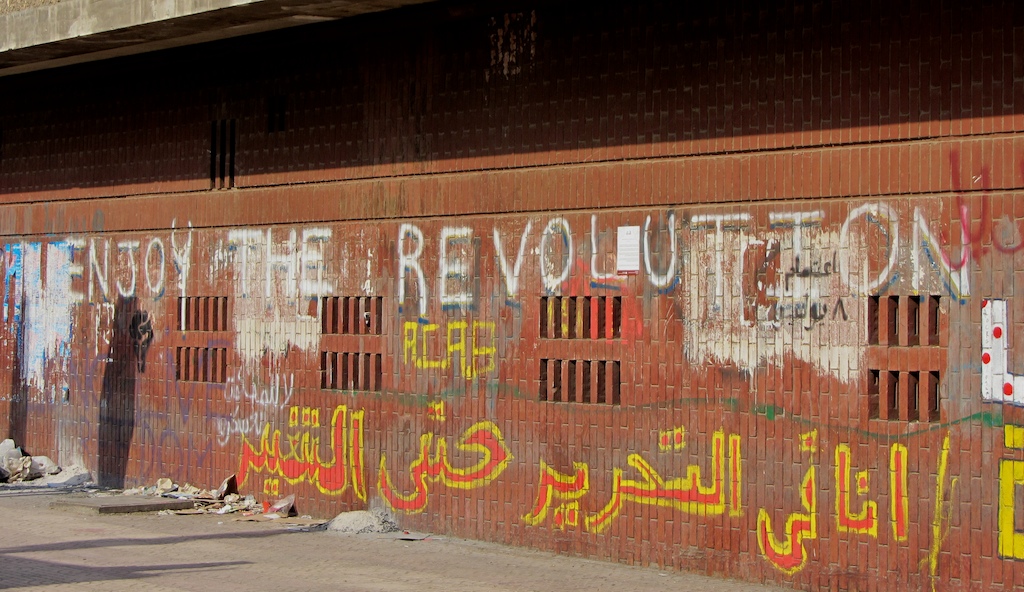On July 8, protesters in Cairo reoccupied Tahrir Square in order to put pressure on Egypt's military rulers, and keep the January 25 revolution on track. The tactic quickly produced meaningful results in the form of concessions from the military. Sean and I arrived in Cairo during this time, and we went to Tahrir on a Friday night (July 22), and met our Hip Deep adviser Kristina Nelson. "This is the Friday of Decision," she told us as we strolled among the tents, stages and banners that summer night. "The Prime Minister gave a very conciliatory speech yesterday in which he announced the reshuffling of the cabinet. And he's setting up a commission to look at corruption. Also, they're going to start studying lifting the Emergency Law, which is something that was requested from the very beginning."










